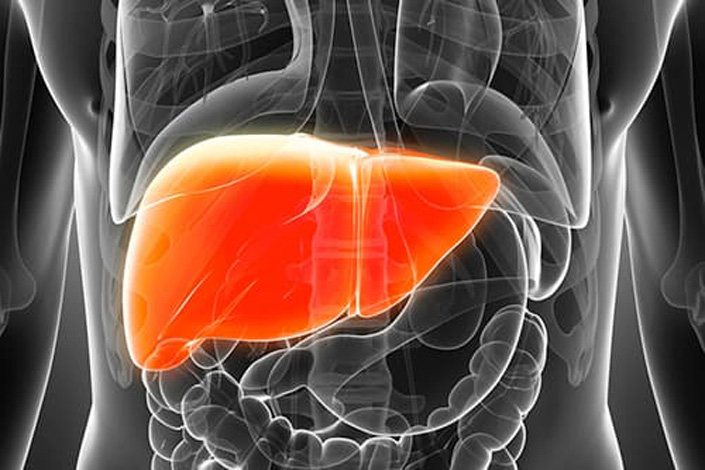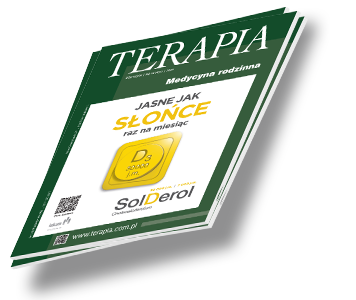W gabinecie lekarza rodzinnego Terapia 2020, 3 ( 386 ) : 82 - 92
Praktyczne aspekty postępowania w leczeniu NAFLD w świetle najnowszych zaleceń Polskiej Grupy Ekspertów NAFLD 2019
Practical aspects of NAFLD treatment in the light of the latest Polish NAFLD Expert Group 2019 recommendations
The primary form of NAFLD is metabolic complication of obesity, and an important link of the pathogenesis of the other obesity metabolic complications (type 2 diabetes, lipid disturbances, atherosclerosis, cardiovascular diseases and endocrine disturbances). Therefore, diagnosis of NAFLD should be carried out in all patients with obesity, and a diagnosis of obesity and its metabolic complications should be carried out in all patients diagnosed with NAFLD. It should also be remembered that in patients with metabolic complications of obesity, the risk of developing non-alcoholic fatty hepatitis (NASH) increases significantly. If the right treatment is used, i.e. effective treatment of obesity and its possible metabolic complications, for example ursodeoxycholic acid (UDCA), hepatic histological reversal may be achieved until cirrhosis develops.
W 2016 r. Europejskie Towarzystwa Badań nad Wątrobą (European Association for the Study of the Liver, EASL), Badań nad Cukrzycą (European Association for the Study of Diabetes, EASD) i Badań nad Otyłością (European Association for the Study of Obesity, EASO) opracowały i wydały wspólne wytyczne dotyczące praktyki klinicznej leczenia niealkoholowej stłuszczeniowej choroby wątroby (non-alcoholic fatty liver disease, NAFLD) (1). Z kolei w 2019 r. z inicjatywy prof. Marka Hartleba, reprezentującego Grupę Ekspertów NAFLD powołaną przez Polskie Towarzystwo Gastroenterologiczne, grupa 20 polskich ekspertów z dziedziny gastroenterologii, diabetologii, kardiologii, obesitologii, medycyny rodzinnej, farmakologii, transplantologii, dietetyki, pediatrii i patomorfologii opracowała zalecenia postępowania z chorymi na niealkoholową stłuszczeniową chorobę wątroby (2).

Zaloguj się i przeczytaj bezpłatnie całą treść artykułu.
Nie masz jeszcze konta dostępowego?
Zarejestruj się bezpłatnie, a otrzymasz:
* dostęp do wszystkich doniesień oraz pełnych tekstów artykułów naukowych w naszej Czytelni,
* prawo do bezpłatnego otrzymywania newslettera "Aktualności TERAPIA" z przeglądem interesujących i przydatnych wiadomości ze świata medycyny oraz systemu ochrony zdrowia w Polsce i na świecie,
* możliwość komentowania bieżących wydarzeń oraz udziału w ciekawych quizach i konkursach.
Zapraszamy serdecznie, dołącz do naszej społeczności.



Dodaj komentarz